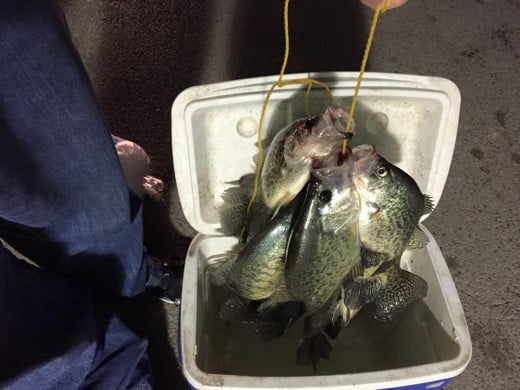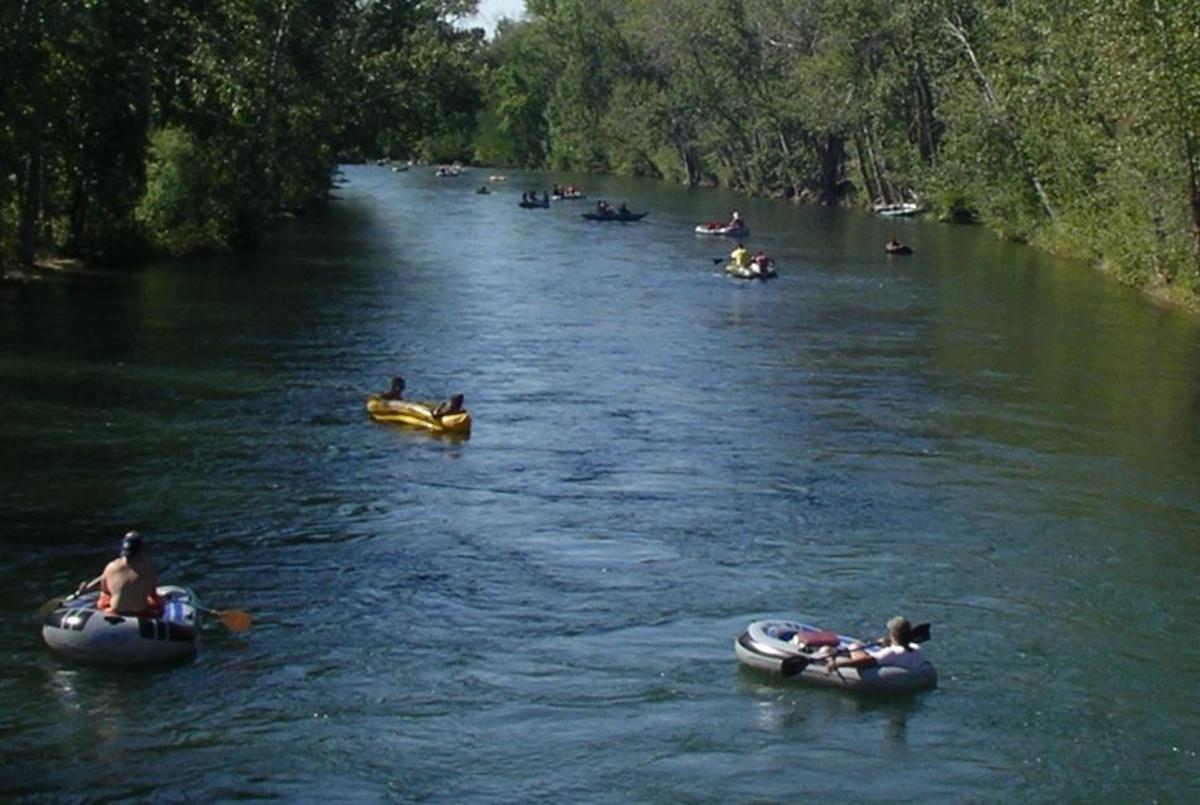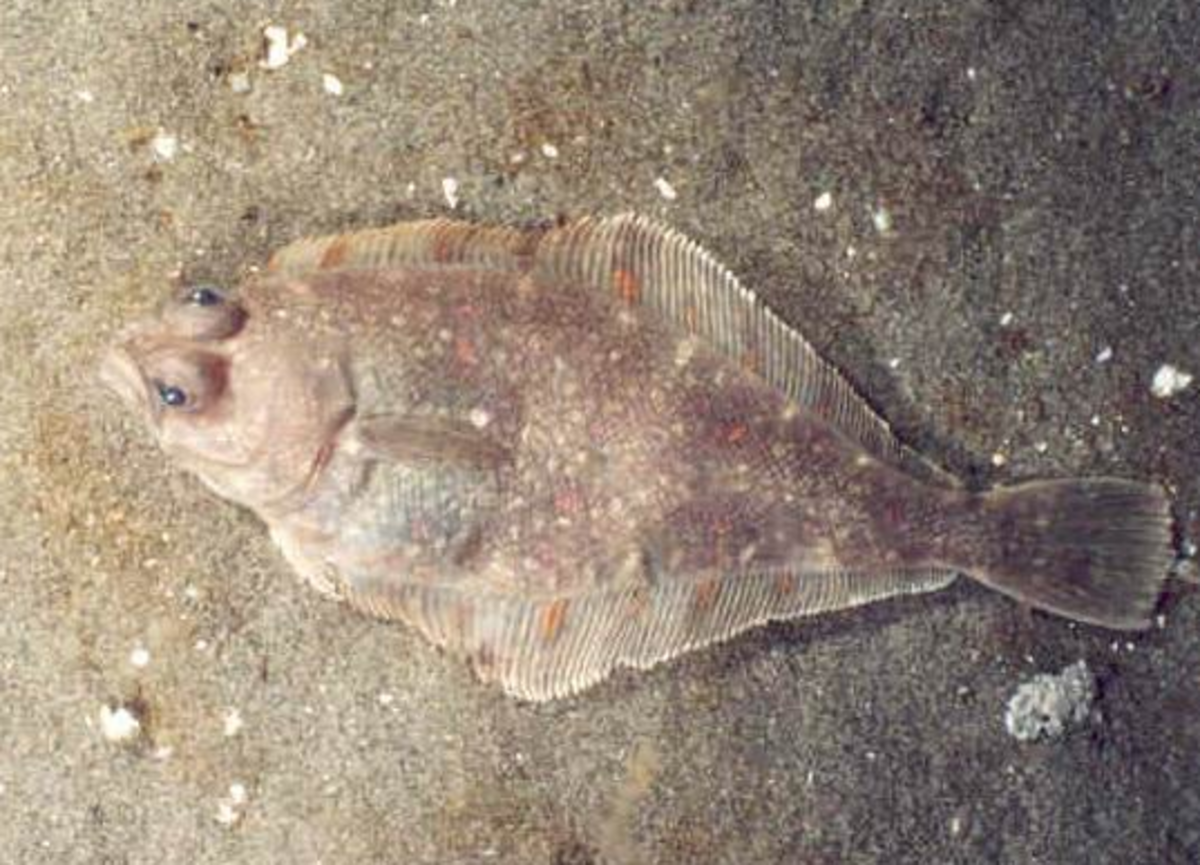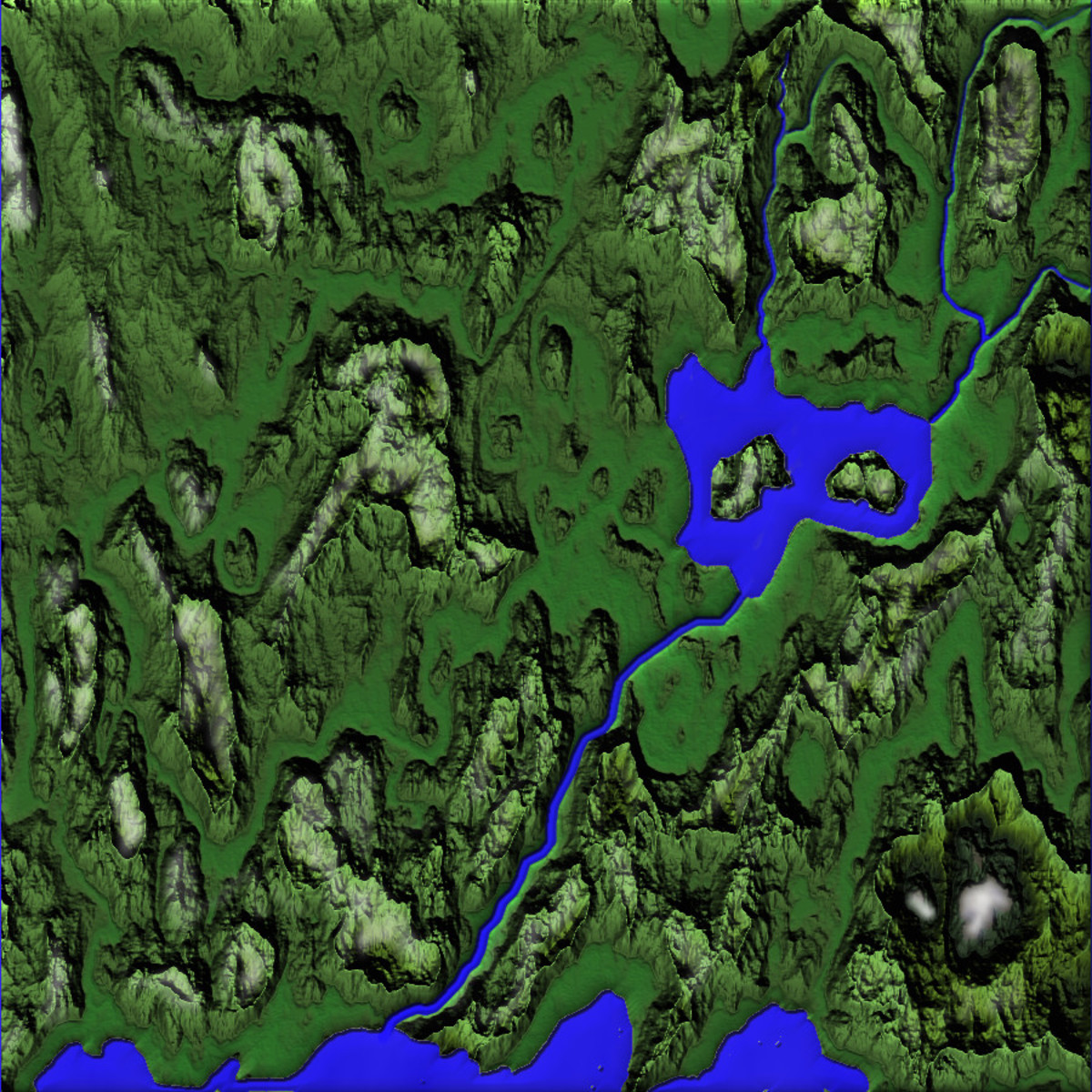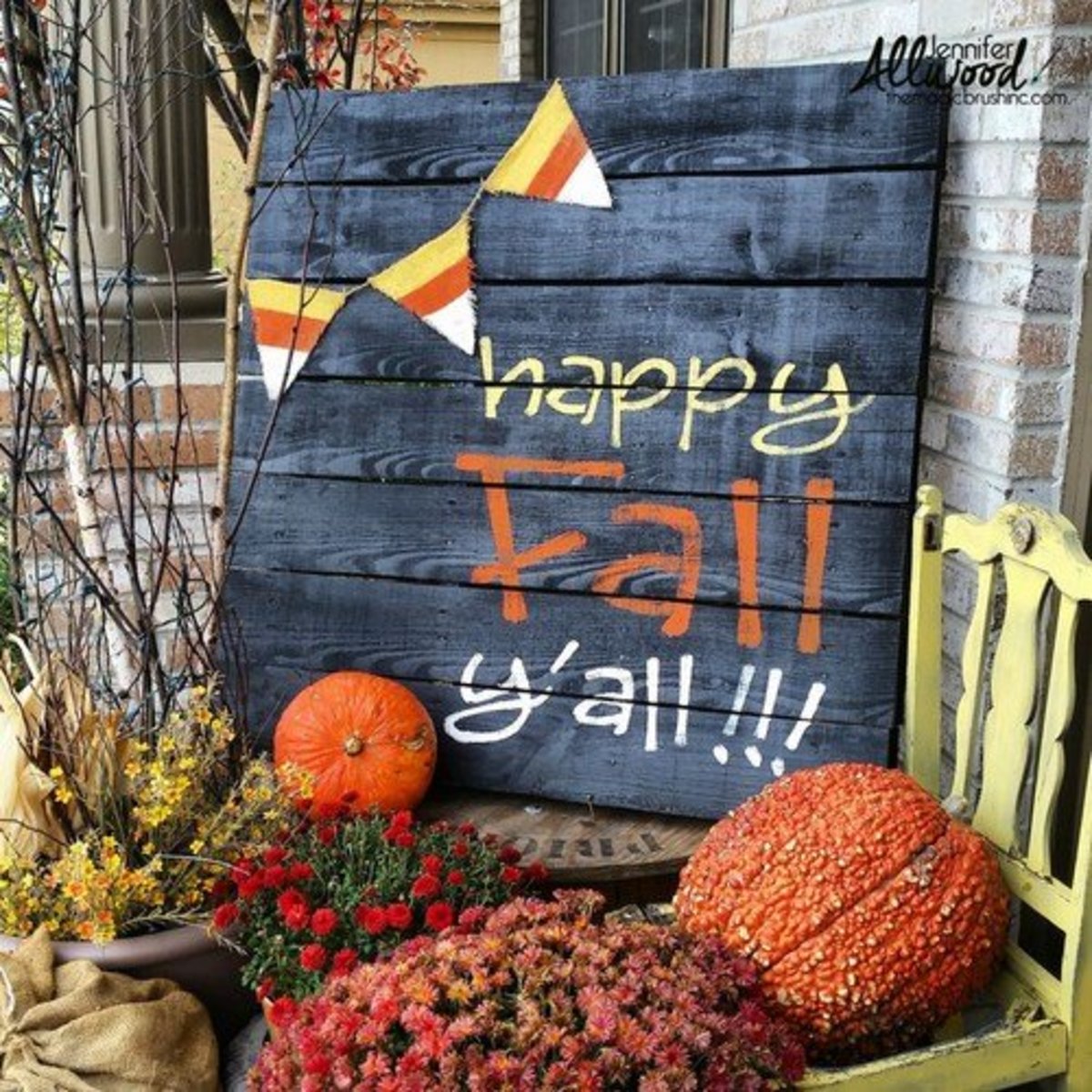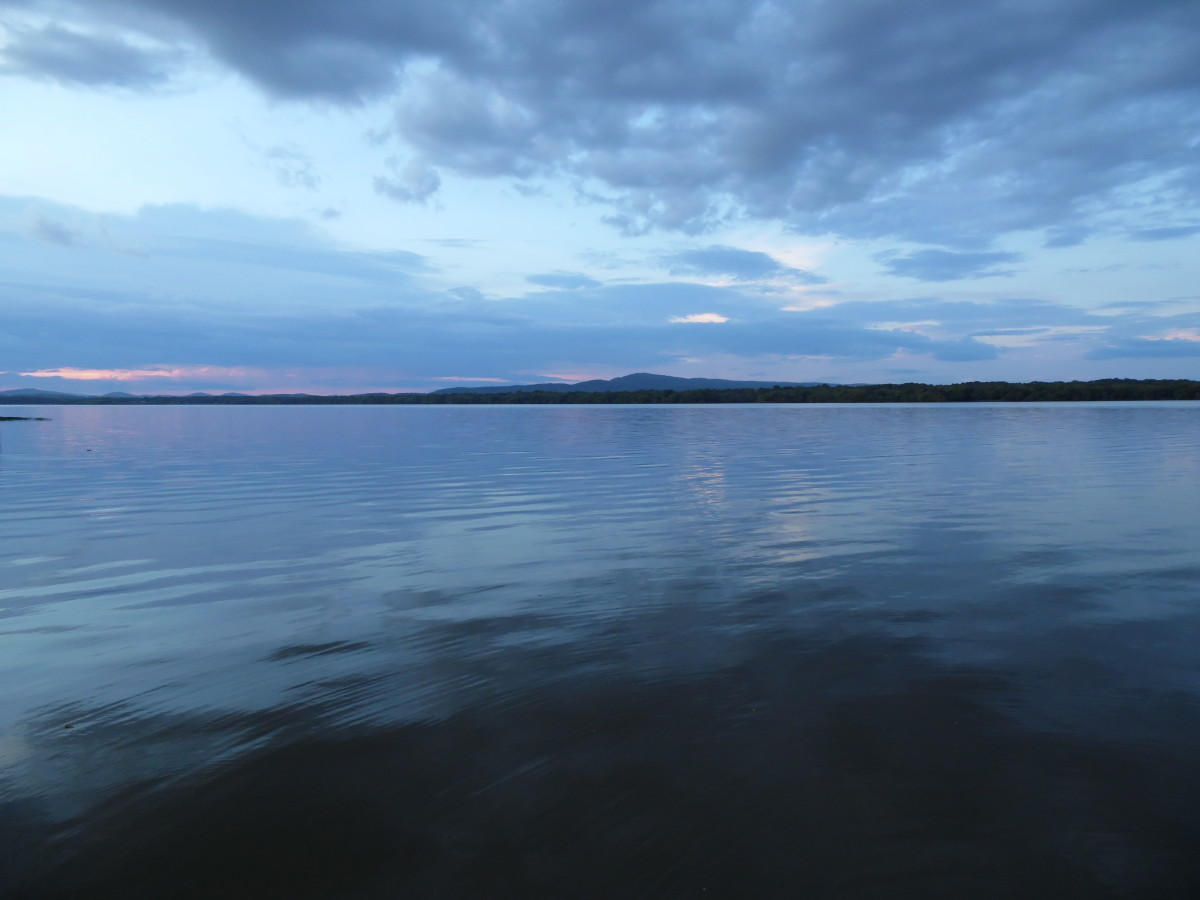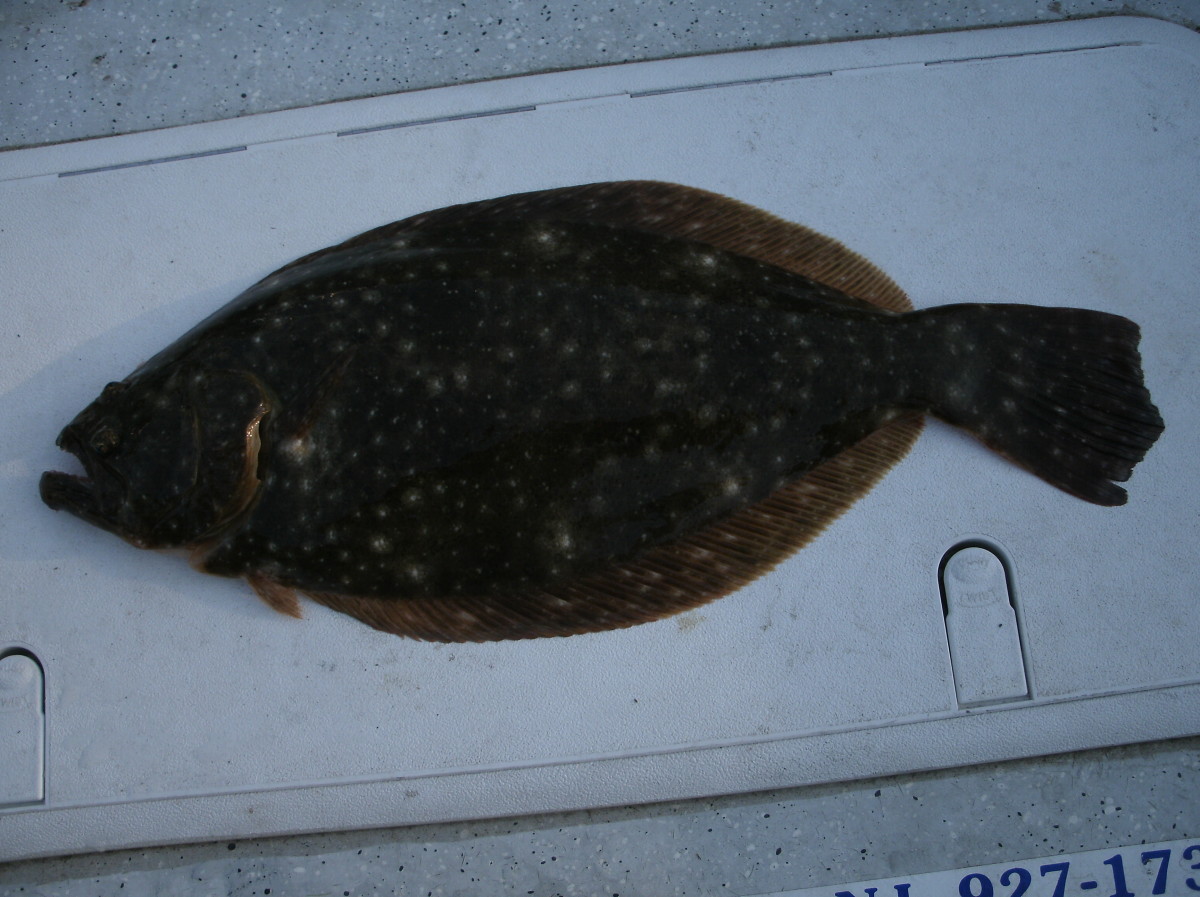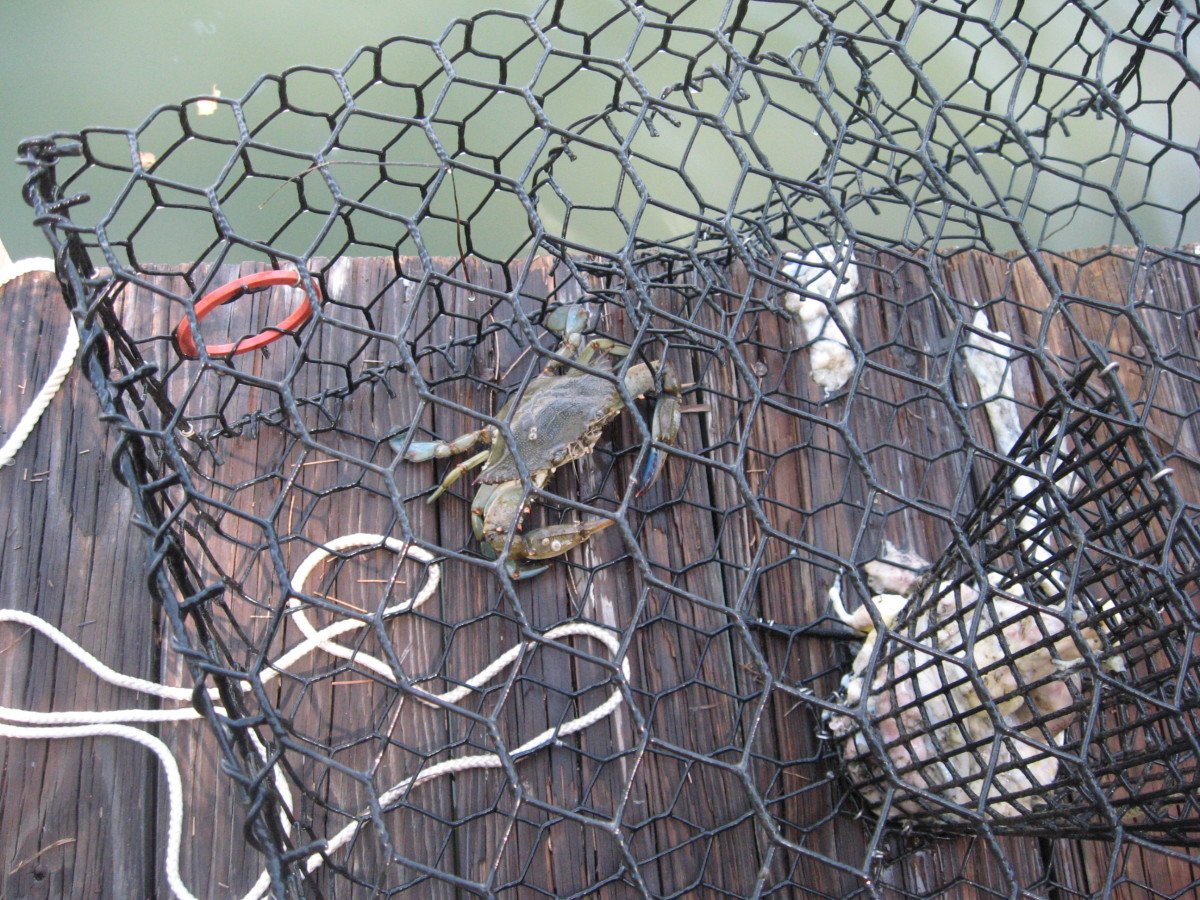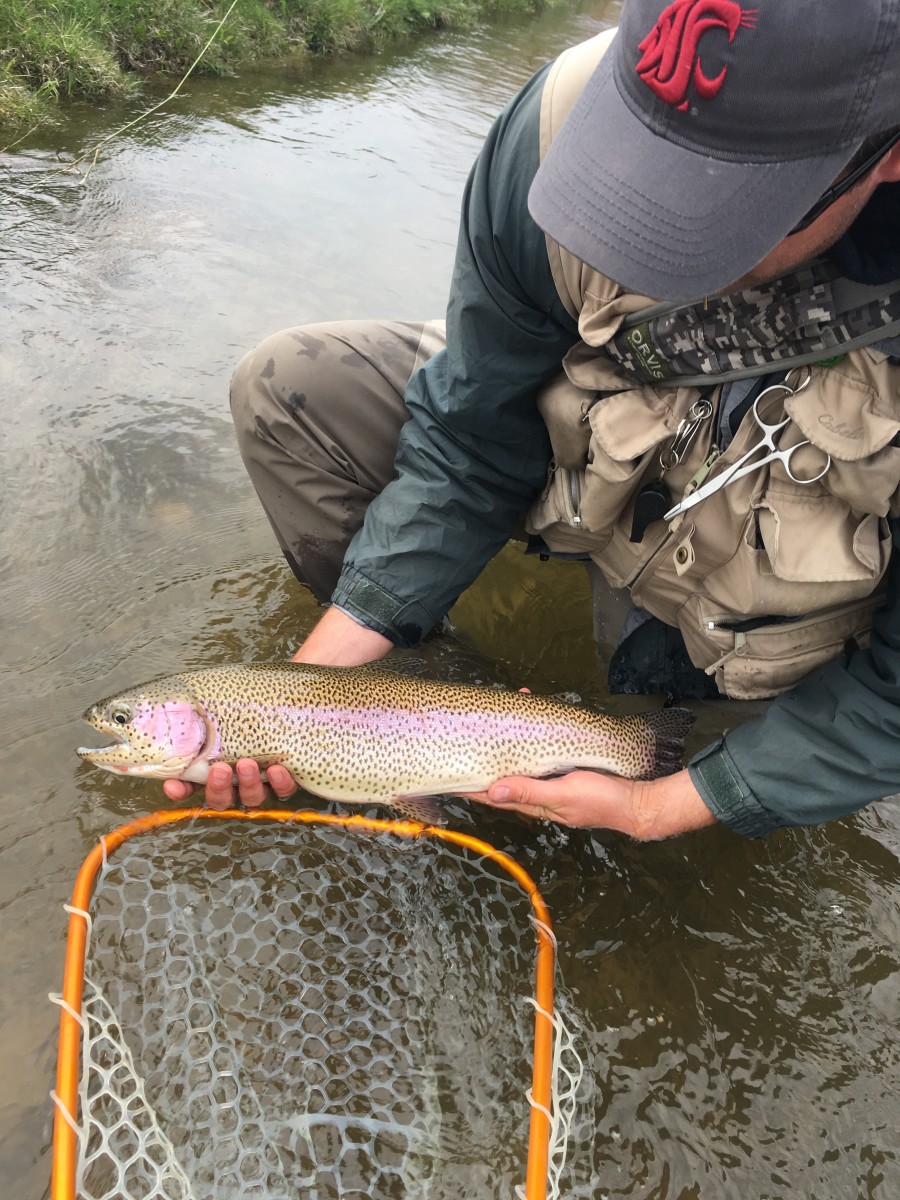Finding Fall Crappie
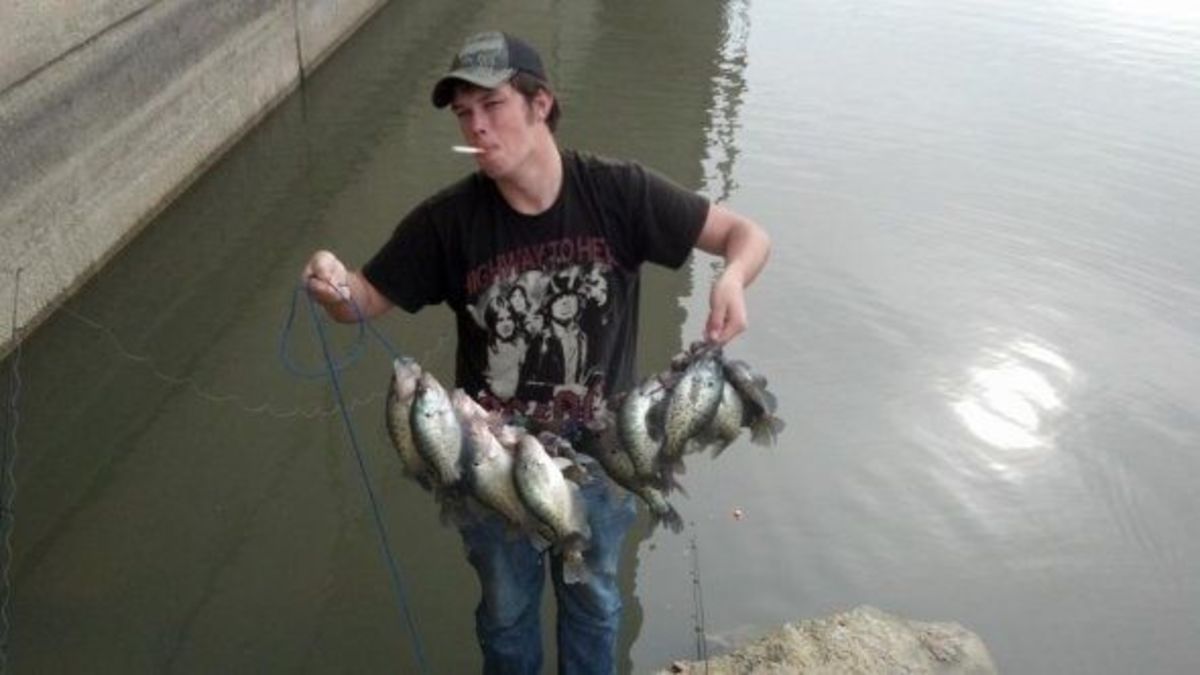
Where to Find Fall Crappie
Timber
Timber is a great way to find your crappie and one that can hold fish year round. To find fall crappie though, one thing needs to be available, as not all trees have the same crappie holding recipe for success, that thing is forage. In the face of the upcoming chill of winter, crappie will often try to bulk up on as much forage as possible so structure that is in close vicinity to sharp drops or current breaks take precedent when it comes to fishing timber.
Rocks
Large mainlake points accented with rocks tend to hold crappie when most other locations don't, and for good reason. FOOD. Just like timber, rocky points in a lake tend to hold baitfish, which in turn draw in the crappie as they offer both food and shelter for fall crappie. A simple jig tipped with either a minnow or plastic offering will often draw bites from the finicky fish even when a float is completely unfishable.
Tributaries
Small creeks and streams that hold some kind of brush or stronger current breaks will always produce fish in the fall as the shiners and shad move into the shallows to spawn. Fan casting the mouth with suspended minnows under a float help to locate the schools as they move in to feed at dusk. The action can be hot and heavy then dead the next. When the fish turn off, fear not, its usually only a few minutes to a couple hours before the school returns to the main lake in their constant search for food.
Spillways
Fall Crappie tend to congregate just outside the main current of many spillways in the first couple current breaks they find. Pitching a jig or a bobber at the current seam will produce fish night after night providing a great opportunity for you to capitalize on the fall crappie bite and bring home a great home cooked meal for you and your loved ones.
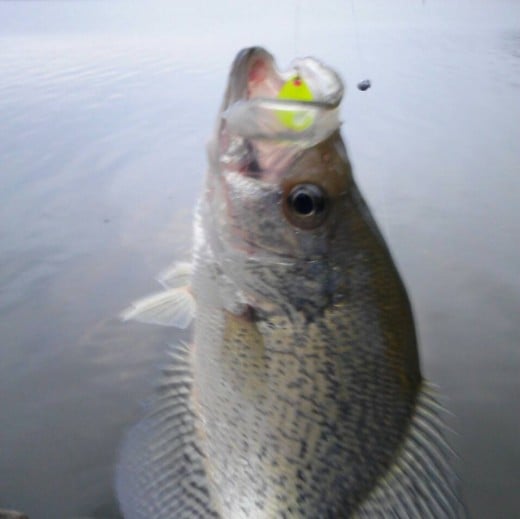
When?
In my stomping grounds in Northeast Ohio, any time from mid-September clear through Thanksgiving the fishing for these crappie tend to be best. I look for water temps dropping to below 60 degrees Fahrenheit. A good tell tale sign for me is when the sun starts to set around 7pm most days. While the timber and rocks will hold fish all day, spillways and tributaries tend to produce more fish during the last hour of daylight and the first few hours following sundown with a small resurgence right before the sun crests back over the horizon in the grey of predawn.
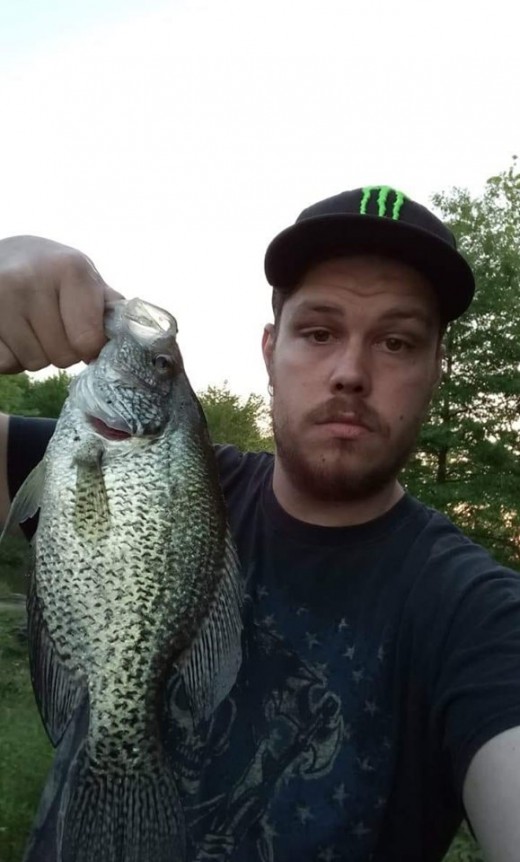
What to Use
When fishing for fall crappie around thick timber or very snaggy rocks on the windswept mainlake points, I prefer to use small jigs, 1/32-1/16th oz, tipped with a Bass Assassin, and simply deadstick the bait near the structure. The natural shake of the human hand lends just enough action to the super thin tail to allow it to flutter while staying in the fish's face, allowing one a longer chance at hooking up with one of the more ornery crappie. Often, the fish this time of year are so aggressive that I'll have to wait until I clean my catch to retrieve my previous jig from their gullet as they grab and run. "Tiny shad", chartreuse, and black/pink are great combinations to keep on hand so you have a body for every water condition.
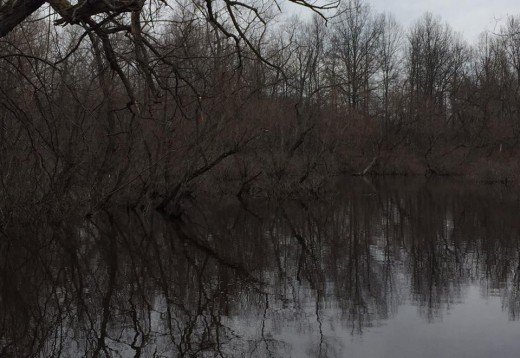
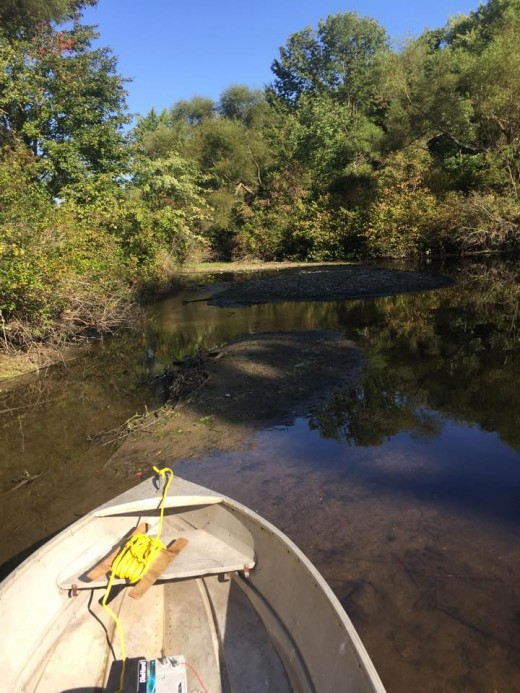
Whether you are a seasoned angler or a weekend warrior, you can easily find crappie by identifying a few key features. Remember, intimate knowledge of a lake does help you find the fish but even on a new body of water you will be able to find some crappie this fall season if you follow the above-listed tips and tricks. Remember, a good day's working is nothing compared to a bad day fishing! Tight Lines!
